Unconventional
Interior Trim Colors
There is a whole world of interior trim colors - other than white.
Are you ready to try something new for painting your home? Then let's explore the different color options!
When it's time to choose interior paint colors, most homeowners spend a lot of hours choosing the right paint color for the walls, but completely ignore the woodwork in their homes.
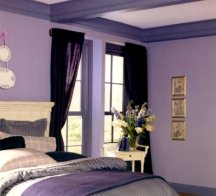
"Ignore" is another way of saying they paint the doors, windows and trim white by default, without even giving it a second thought.
But did you know that sometimes it makes more sense to use an accenting interior trim color?
Let's study the following rooms where the woodwork has been painted a decorative, non-white color.
Maybe this will give you some ideas and reasons for painting your own home differently than everybody else!
Examples of Decorative
Interior Trim Colors:
Let's start on the "safe" end of interior trim color options - off white and cream.
Even though they are almost white, these shades look much less harsh and stark than pure white, especially when paired with dark wall colors such as navy blue or deep red:
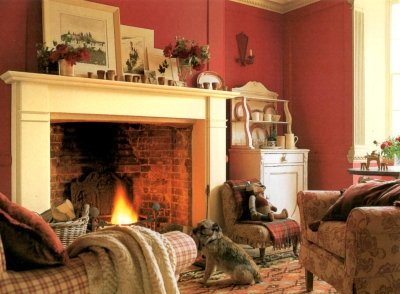
But even mid-tone wall colors can benefit from cream and off-white
shades used on the woodwork, if you want the result to be softer and
warmer, like the color scheme of this reading room in the photo below:
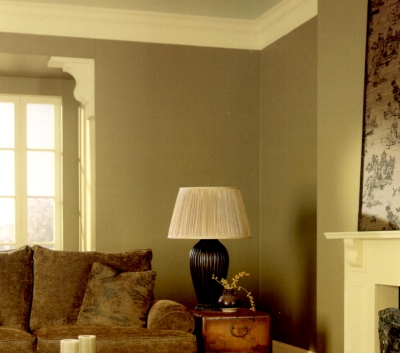
In a historic home where surfaces look old, pure white trim will look out of place - it will scream "fake" and "plastic" in the period setting.
For a more authentic and coherent look, choose interior trim colors that look somewhat old, too. For example, antique white, old lace, weathered white or even beige would make much better choices.
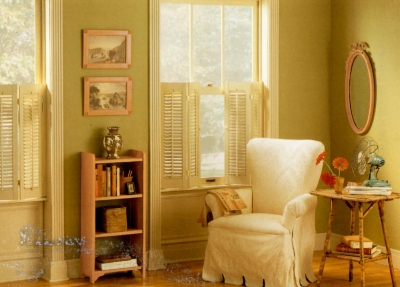
See how organic this gorgeous antique woodwork looks painted in beige, even in the context of such bright, trendy colors?
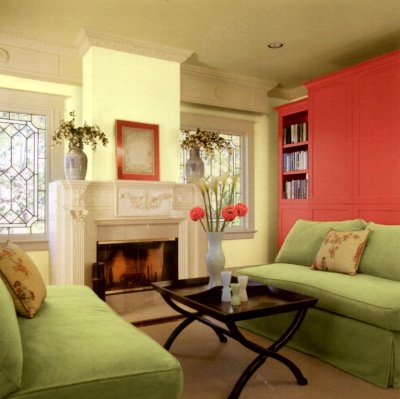
And your home doesn't need to be Victorian for beige trim to work!
Sometimes the architectural detail in a home makes enough of a statement on its own, even without a contrasting color to set it off:
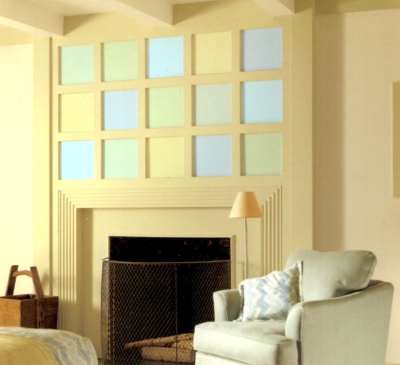
Here's an example of a beautifully executed monochromatic palette, also featuring beige woodwork.
In this case, a darker shade of beige was used on the trim to give a sense of structure and definition to the light neutral room:
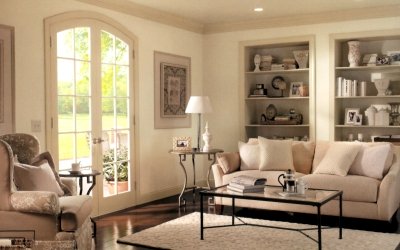
And it doesn't take long to figure out why the owners of this kitchen chose beige for painting the woodwork.
The kitchen cabinetry already has this color, so continuing with it seems only natural.
Notice how the beige trim embraces the entire kitchen area and creates a sense of flow:
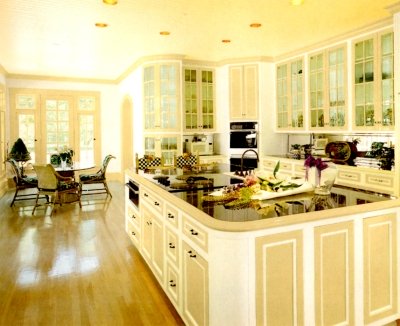
But enough about the neutrals! Now let's see how "real" hues can also make successful interior trim colors.
Take a look at this light yellow trim example: the unusual color was chosen to bridge the saturated yellow cathedral ceiling with the warm brown wall color:
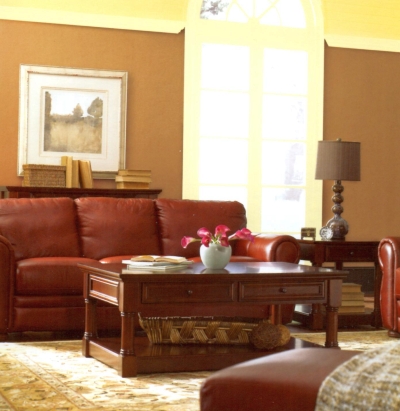
Here, the trim looks light enough to appear conventional, but the yellow color creates a warmer and cozier color scheme in the room:
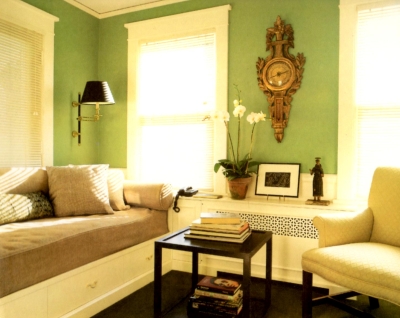
In the photo below, the yellow trim works as part of the monochromatic paint color palette:
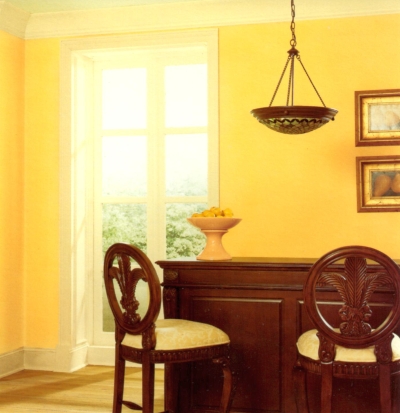
And this is another example of light yellow trim in an all-yellow room color scheme:
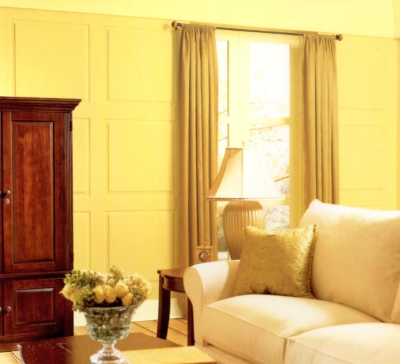
Here, the yellow on the trim is a darker shade than that on the walls, to bring forth the woodwork in an unexpected way:
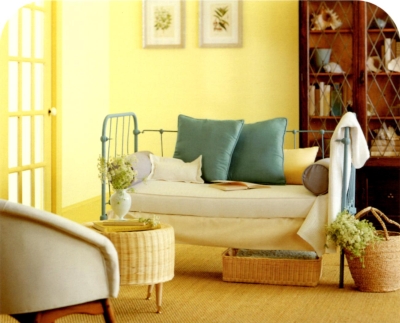
This butter yellow trim helps envelope the room in warmth and support the rich wall and furniture colors:
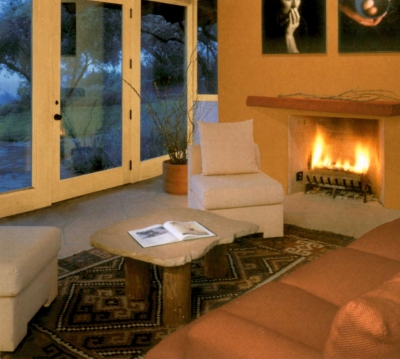
A deeper yellow sets off this beautiful front door and lowers the walls in this foyer space, welcoming all who enter with its warmth and comfort:
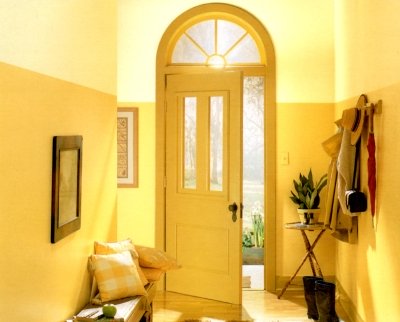
This earthy yellow shade works well as a trim color within this rich analogous kitchen color scheme:
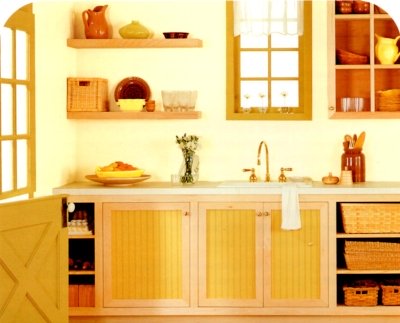
When choosing interior paint colors for a simplistic decor, the mantra should be "less is more".
Here, the wall color of the front room has been used for painting the woodwork in the adjoining back room.
The result is clean and simple, and the choice of colors gentle and calming:
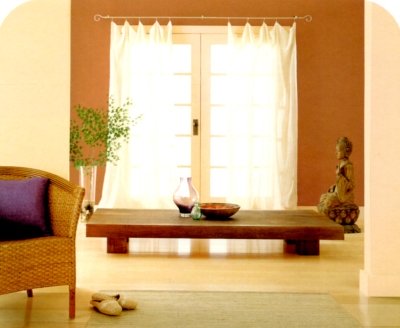
Imagine the window and trim in this room painted white!
It would have broken the flow of the monochromatic color palette in this room and added yet another element to a space that's already rich with texture and detail:
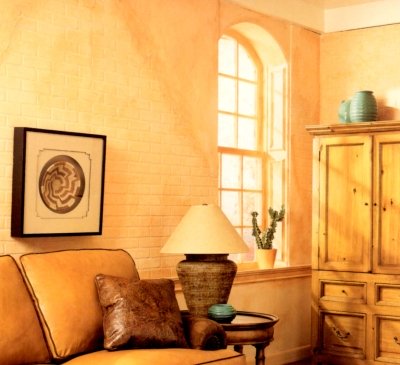
But let's turn up the heat even more with our unusual interior trim color ideas!
Here you can see a bathroom with a bold orange window - that's how easy it is to make a statement even in a most boring room with just paint and color:
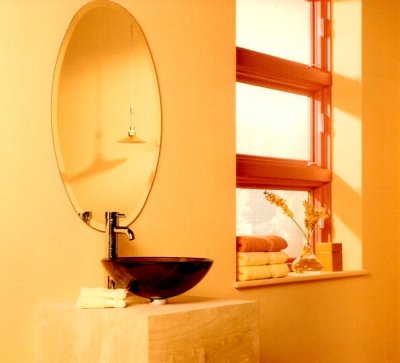
In the example below, the trim color repeats the wall color of the adjoining room, connecting the spaces while also allowing variation:
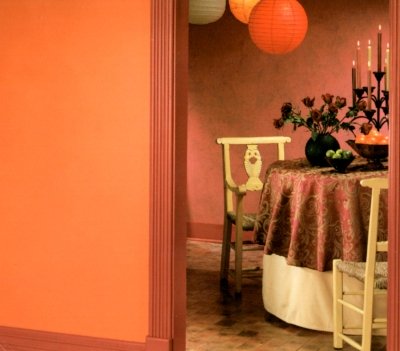
Here, the red doors serve as a focal point in this richly colored and decorated living space:
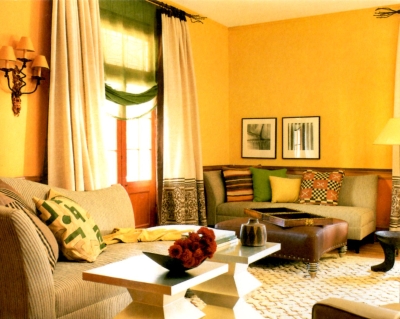
And in this kitchen, the light pink trim color really adds to the gentle, romantic, shabby chic vibe:
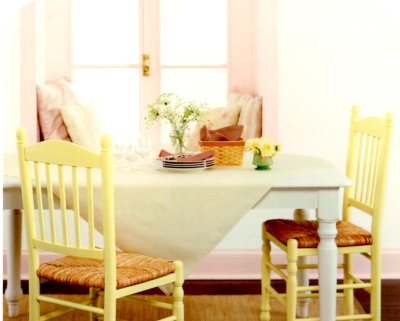
The pale pink crown molding and window provide a delicate but sufficient contrast to the salmon colored wall paneling in this monochromatic bedroom:
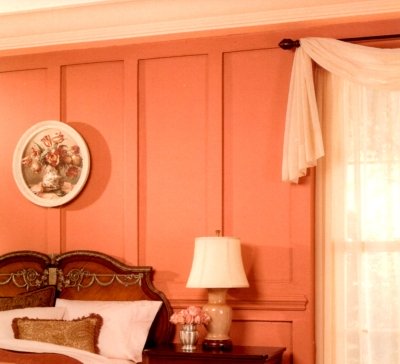
But pink trim is not only for feminine themes!
The living room below is a good example of how even such a stereotypically girly color can be incorporated into an earthy and grounded decor:
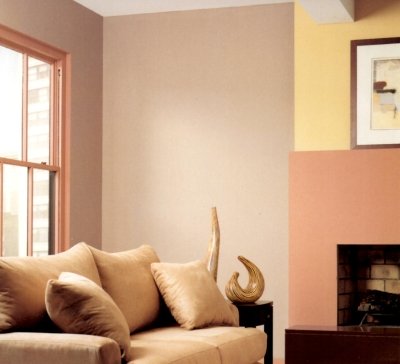
Now in this case, the decorator chose to paint the trim the same deep pink as the walls, to allow the furniture and wall art to be the main focus:
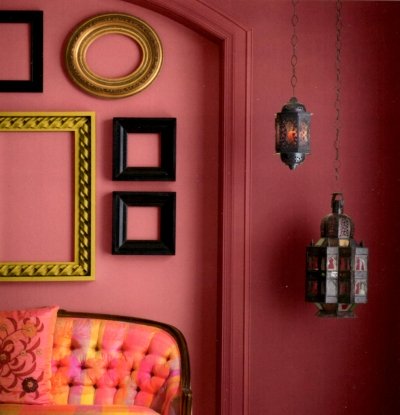
And who would have thought that purple could also make a valid interior trim color?
But the decorator was clearly able to pull it off in this modern bedroom design:
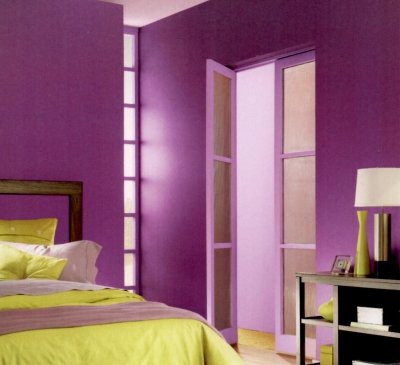
Tinting a pure white trim paint with a bit of the wall color is a great and easy way to color coordinate your paint palette, as you can see here:
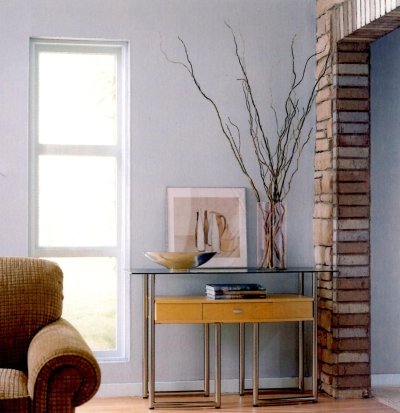
And in the following example, 2 close shades of light violet were used to set off all the woodwork in the room against the pale lavender wall background, giving the architectural detail even more definition:
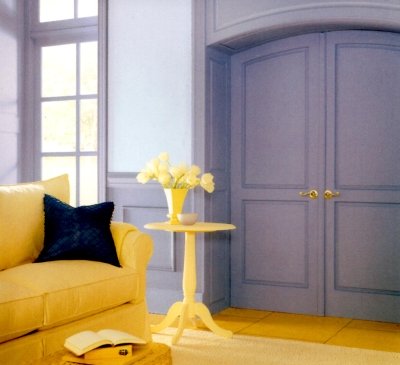
In this bold colored room, the trim is painted several different colors - some to match the walls, some to add to the color blocking effect going on:
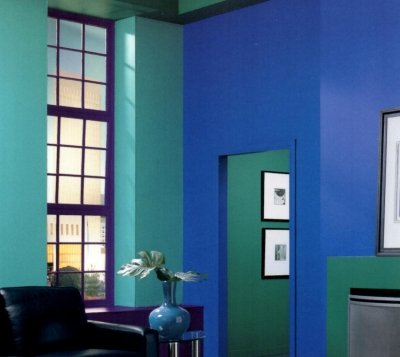
See what a difference it makes when you use a trim color that's related to the walls?
The effect is more flowing and harmonious than pure white would have been:
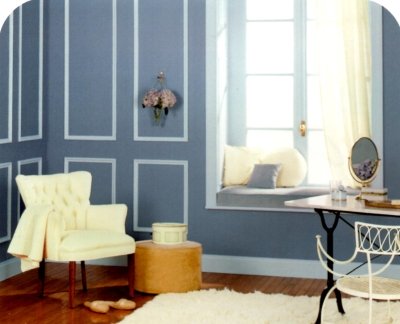
Whenever you use a non-white color on woodwork and put some extra thought into the overall paint color scheme, your effort never goes unnoticed:
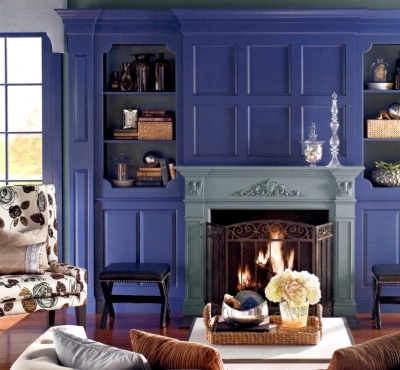
Non-white interior trim colors are also another great way to add variety to your room color scheme, rather than only with accent decor elements:
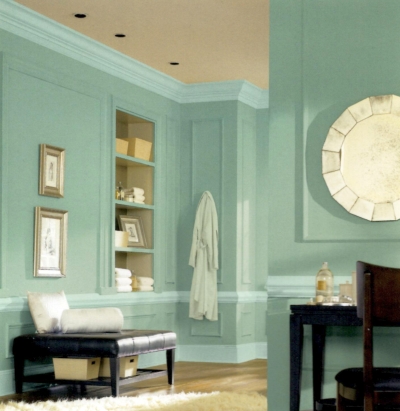
If you have really beautiful doors, windows and other woodwork in
your home, consider non-white interior trim colors to highlight those features. This
is especially true if the woodwork is the most special or interesting
part of the room.
For instance, the carved baseboards, doors and window trim are obviously the star of the show in the photo below, and have been accentuated with a contrasting color. The beautiful woodwork now looks like a jewel in a frame:
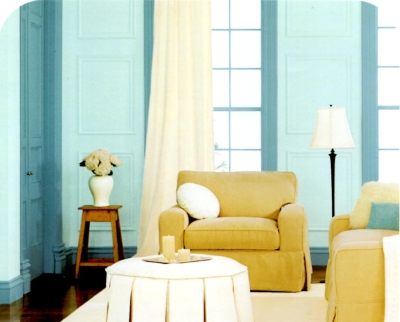
Here, the decorator wanted to minimize the paint color palette, while still keeping some contrast between the walls and windows:
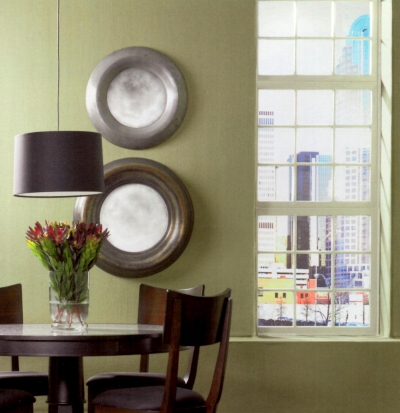
And this is another example of how a green-based color scheme can look varied and interesting when you use a few different shades throughout the room:
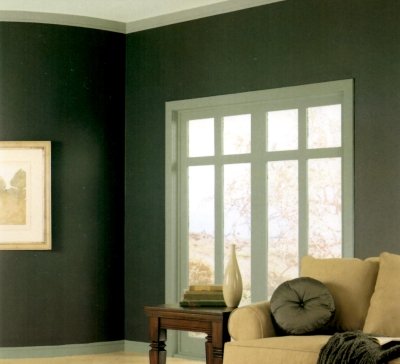
The blue and green paint color combination looks serene and provides enough color to support the all neutral furnishings and decor in the room below:
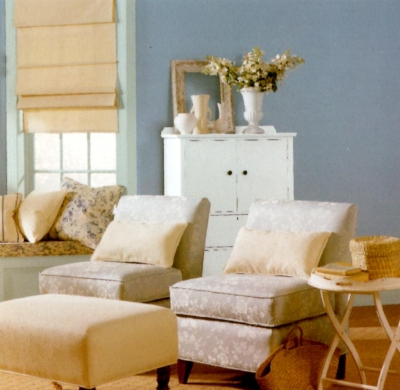
And here, a little tropical paradise was created indoors by using an aqua-green paint color palette:
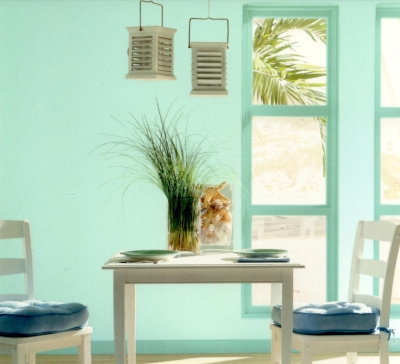
The chartreuse trim in the following example "marries" the two very different wall colors and brings out the yellow-green tones in the live plants:
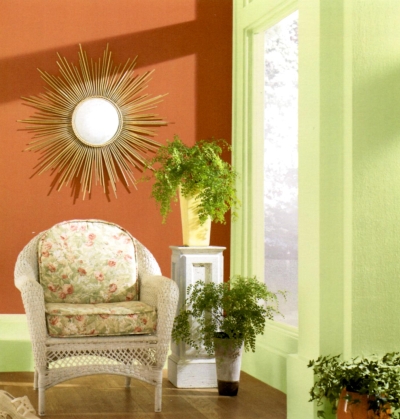
The round window makes a statement on its own, so the homeowners chose to paint the trim a darker shade of the wall color rather than a contrasting white, to keep the focus inside the room, on the sitting area:
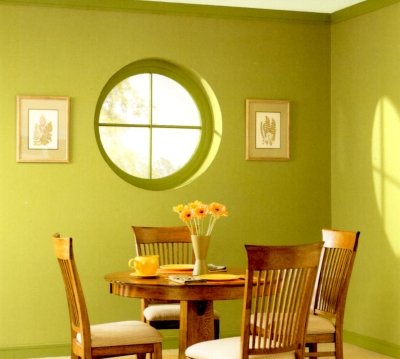
Sometimes pure white can be an intruder. This room has a deep and
saturated color scheme going on, without a hint of white anywhere.
Introducing white to this decor would have only added one more color to
an already complete palette, and would've looked totally out of place
and irrelevant.
Instead, the decorator re-used one of the existing colors and created a room color scheme that flows. Notice how the room seems to continue past the windows into the green yard? White trim would have interrupted this effect:
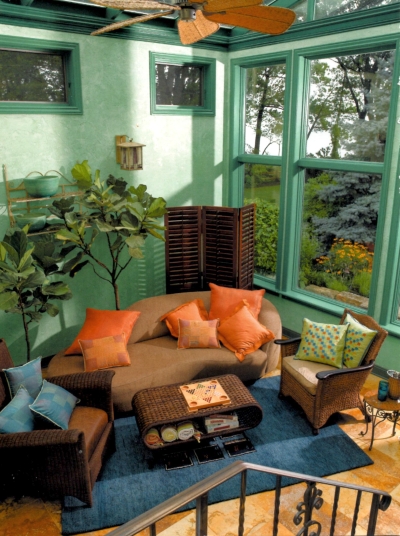
Here you can see again how the green trim color blends beautifully with the muted greenery outside, bringing the nature in and almost making it part of the room:
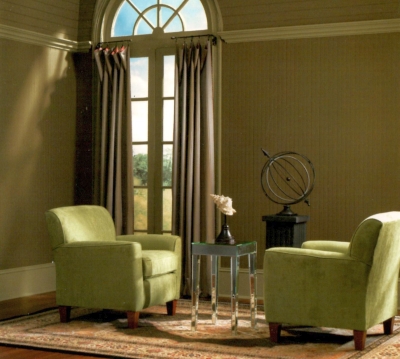
The cool brown trim in the living room below adds to the rustic look and feel of the space, and doesn't clash with the view outside:
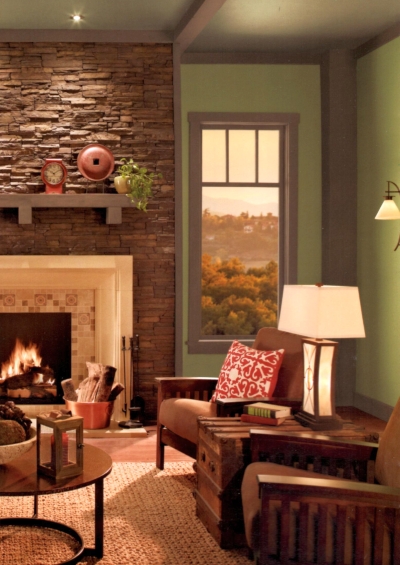
Rather than lightening up the yellow and orange color scheme with white trim (and making it look more youthful as a result), the decorator chose brown for the trim to ground it and create a more adult, autumn-inspired palette:
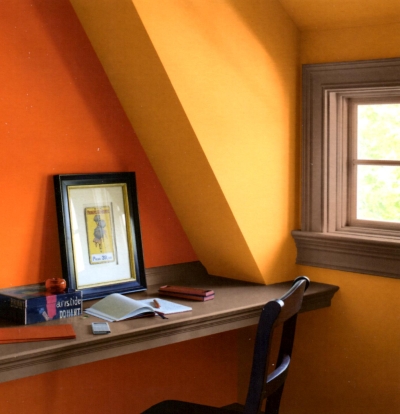
In this bathroom, the brown painted trim is mimicking stained wood, coordinating well with the textured walls and country-theme decor:
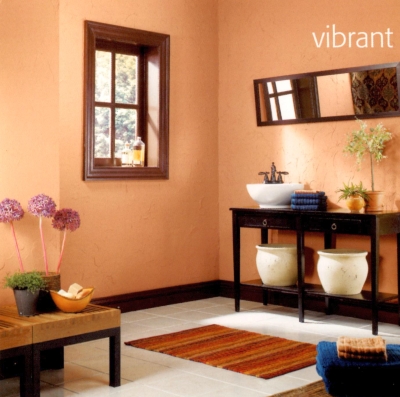
Here, the brown woodwork is helping keep the room color scheme earthy and uninterrupted:
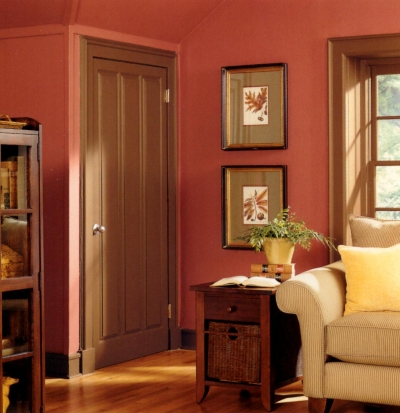
And a similar example with even darker trim:
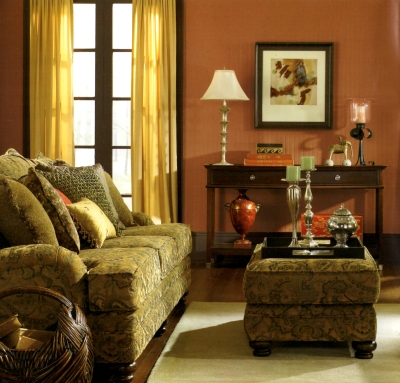
The dark brown trim is adding necessary punctuation and structure to this all-neutral formal dining room:
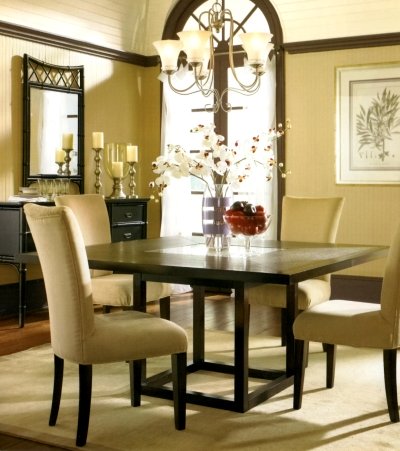
Here, the blue and brown combination creates a perfect amount of contrast and definition in this minimalistic room decor:
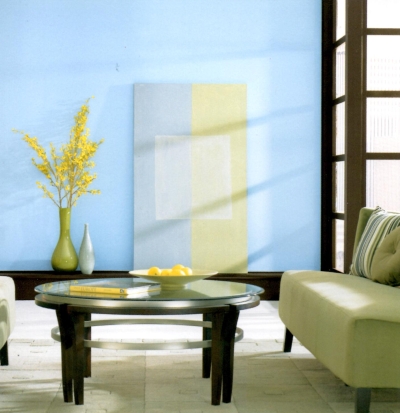
And in this case, the brown windows are echoing and adding to the geometric decor in the room:
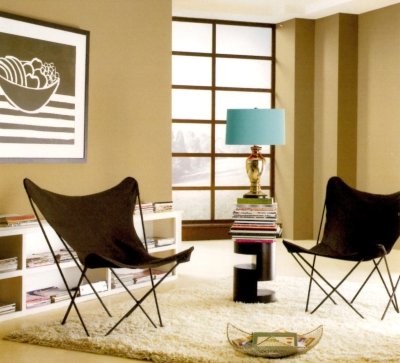
The geometry of the windows is apparent even without white trim, so it was omitted in the photo below:
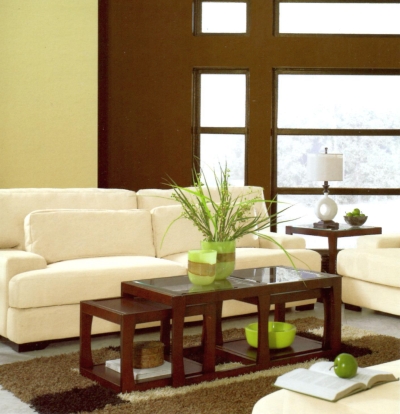
This kitchen features black windows and brown ceiling beams, to reinforce the unusual mix of traditional and modern styles used alongside each other in the same space:
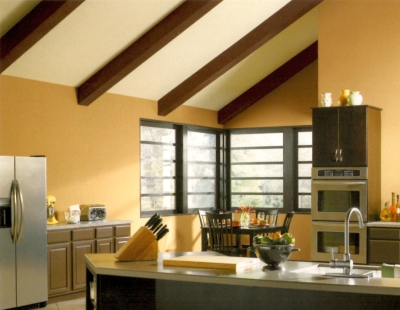
And finally, look how stunning this choice of color is!
Each area has the trim repeating the wall color, keeping the focus on the space rather than the individual elements within it:
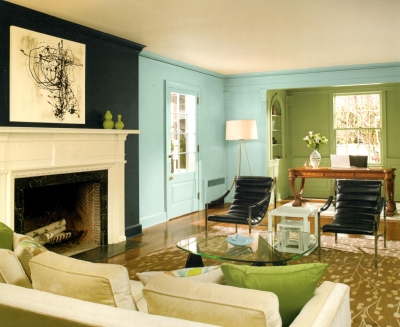
As you can see, there are plenty of reasons to choose non-white
interior trim colors.
Plus, non-white colors are often more practical - they don't show dirt and wear as much.
And don't worry, if you paint your woodwork blue and start having withdrawal symptoms, you can always go back to white!
See Also:
Gray Paint: the Color of Sophistication









Leave a Comment: